-
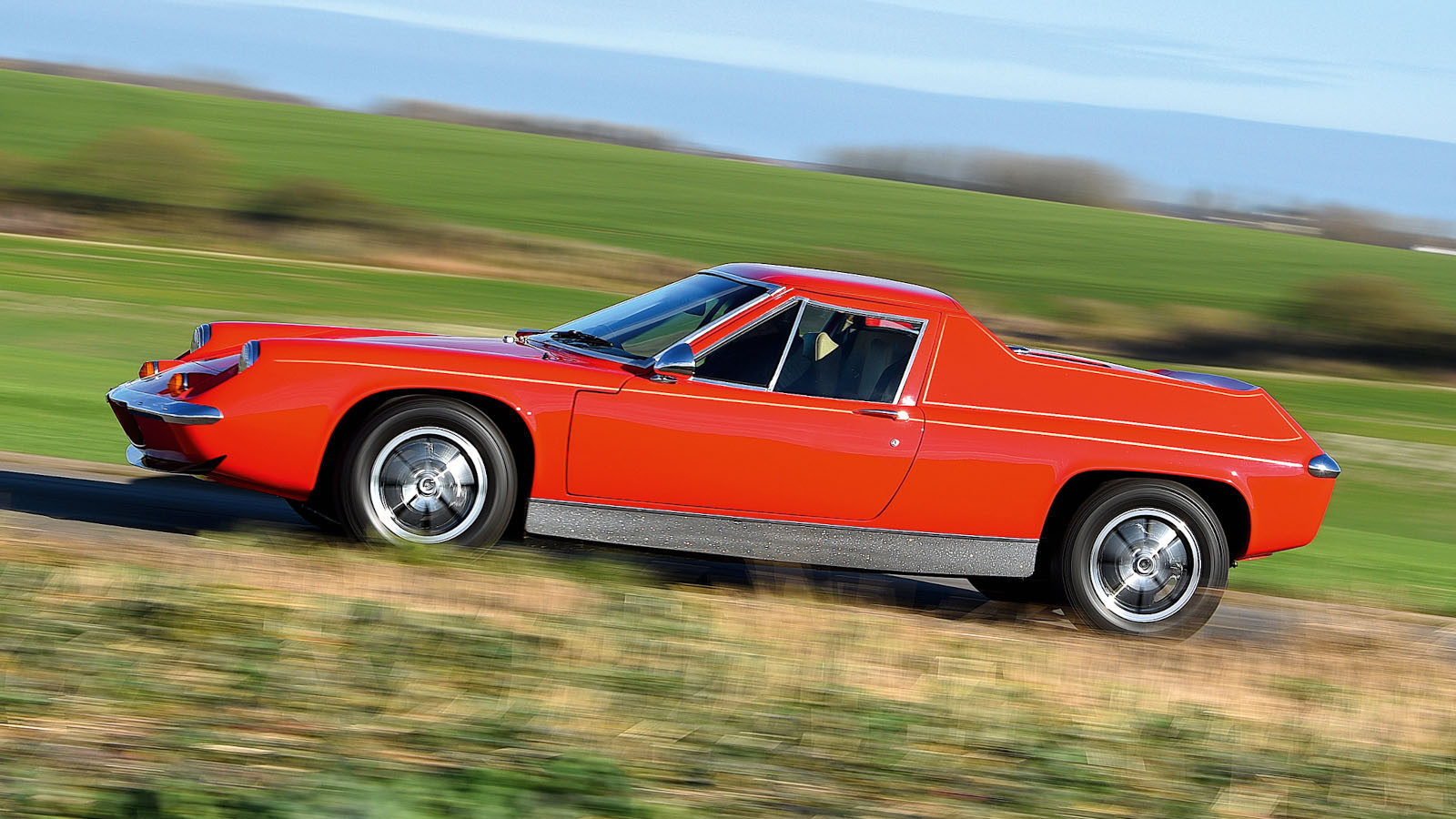 © Will Williams/Classic & Sports Car
© Will Williams/Classic & Sports Car -
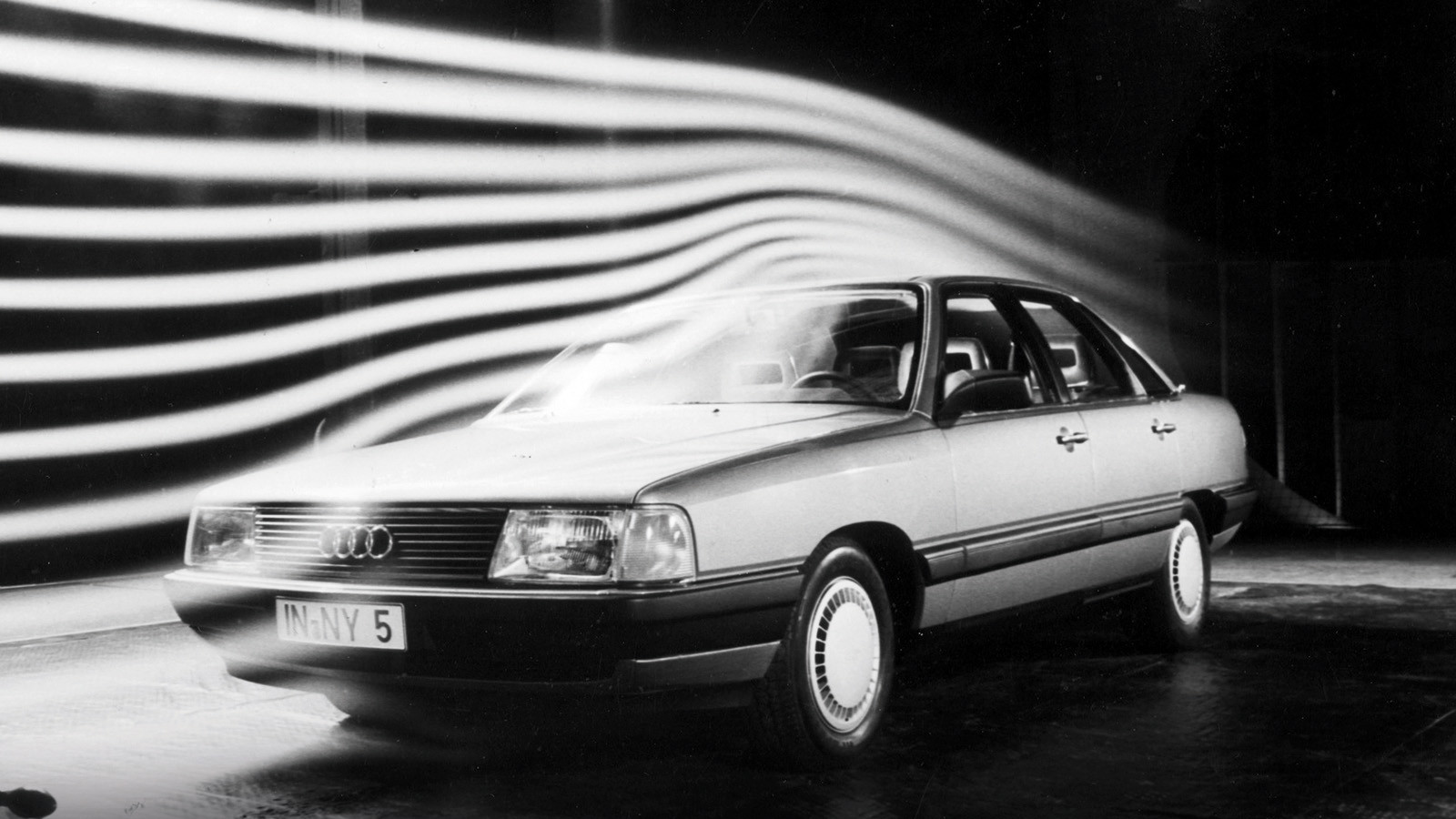 © Giles Chapman Library
© Giles Chapman Library -
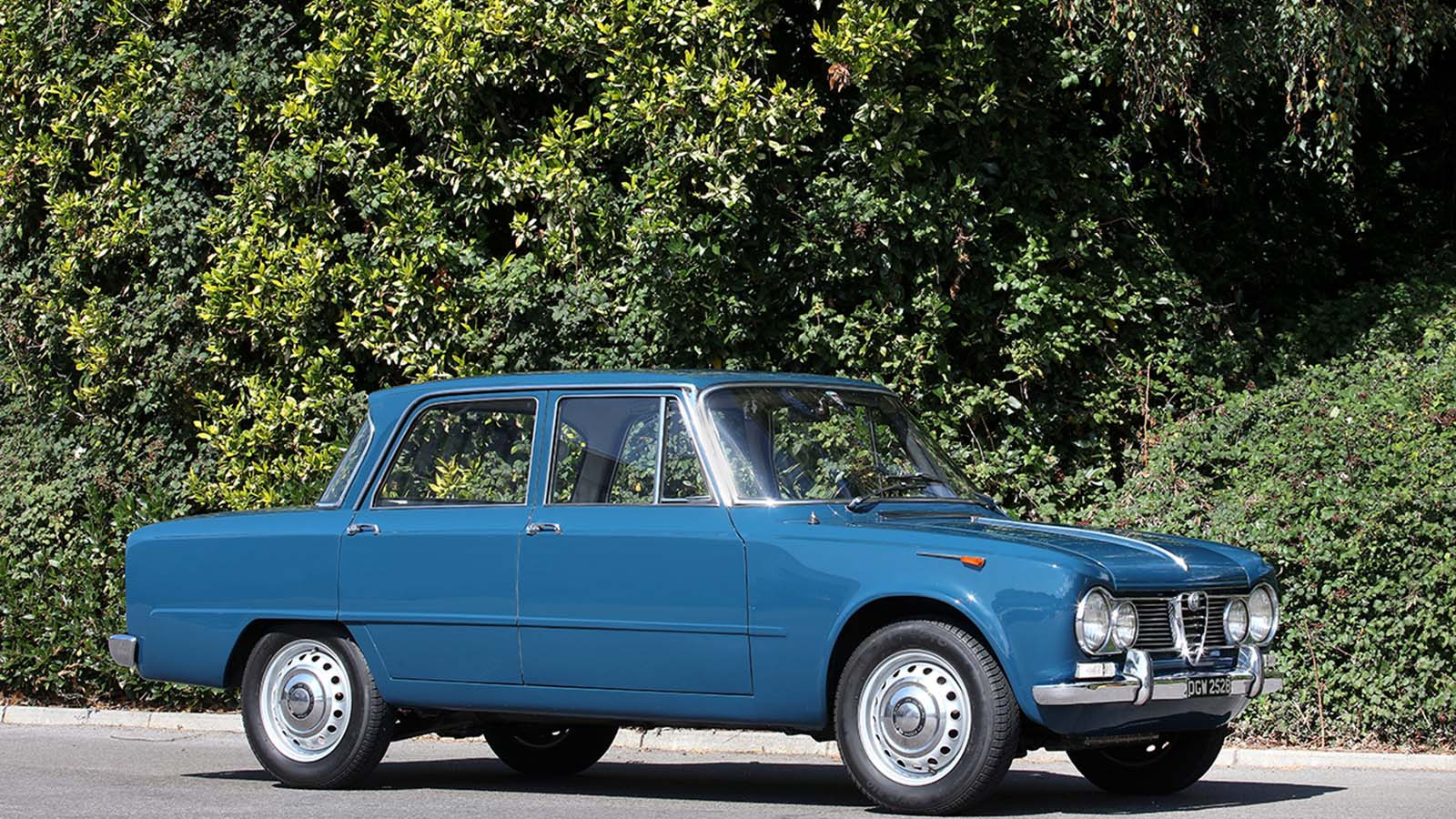 © James Mann/Classic & Sports Car
© James Mann/Classic & Sports Car -
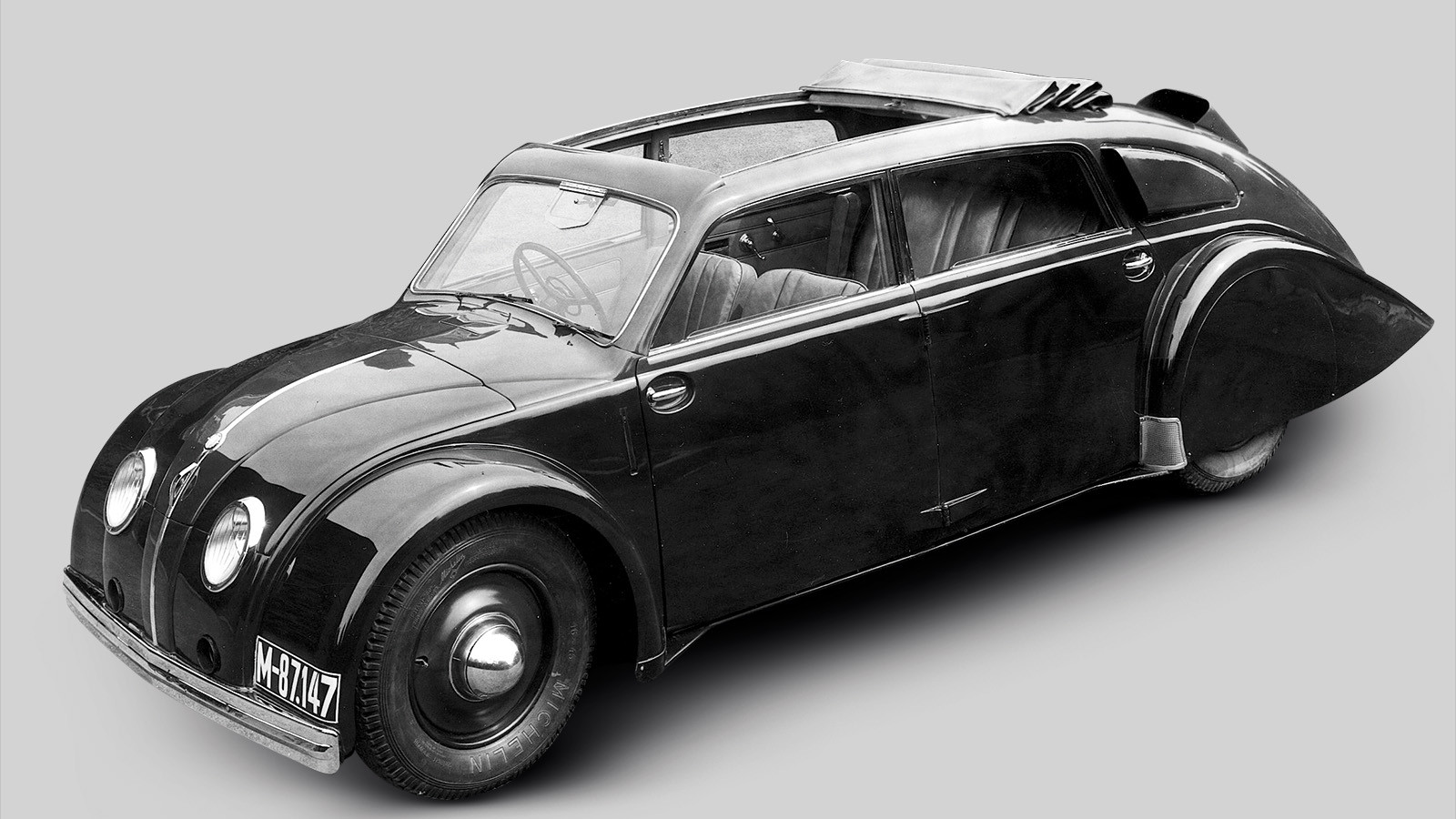 © Giles Chapman Library
© Giles Chapman Library -
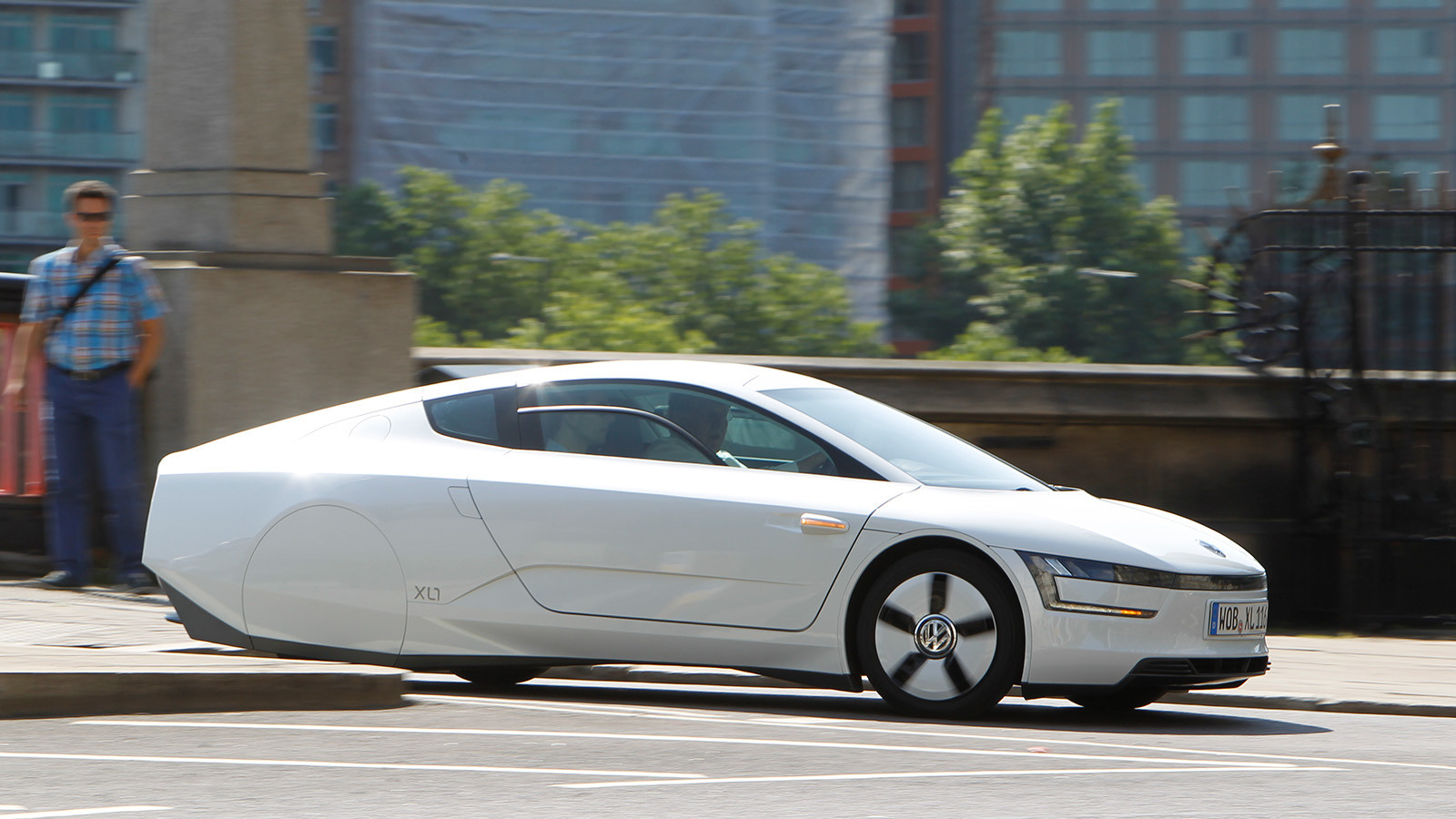 © Haymarket Archive
© Haymarket Archive -
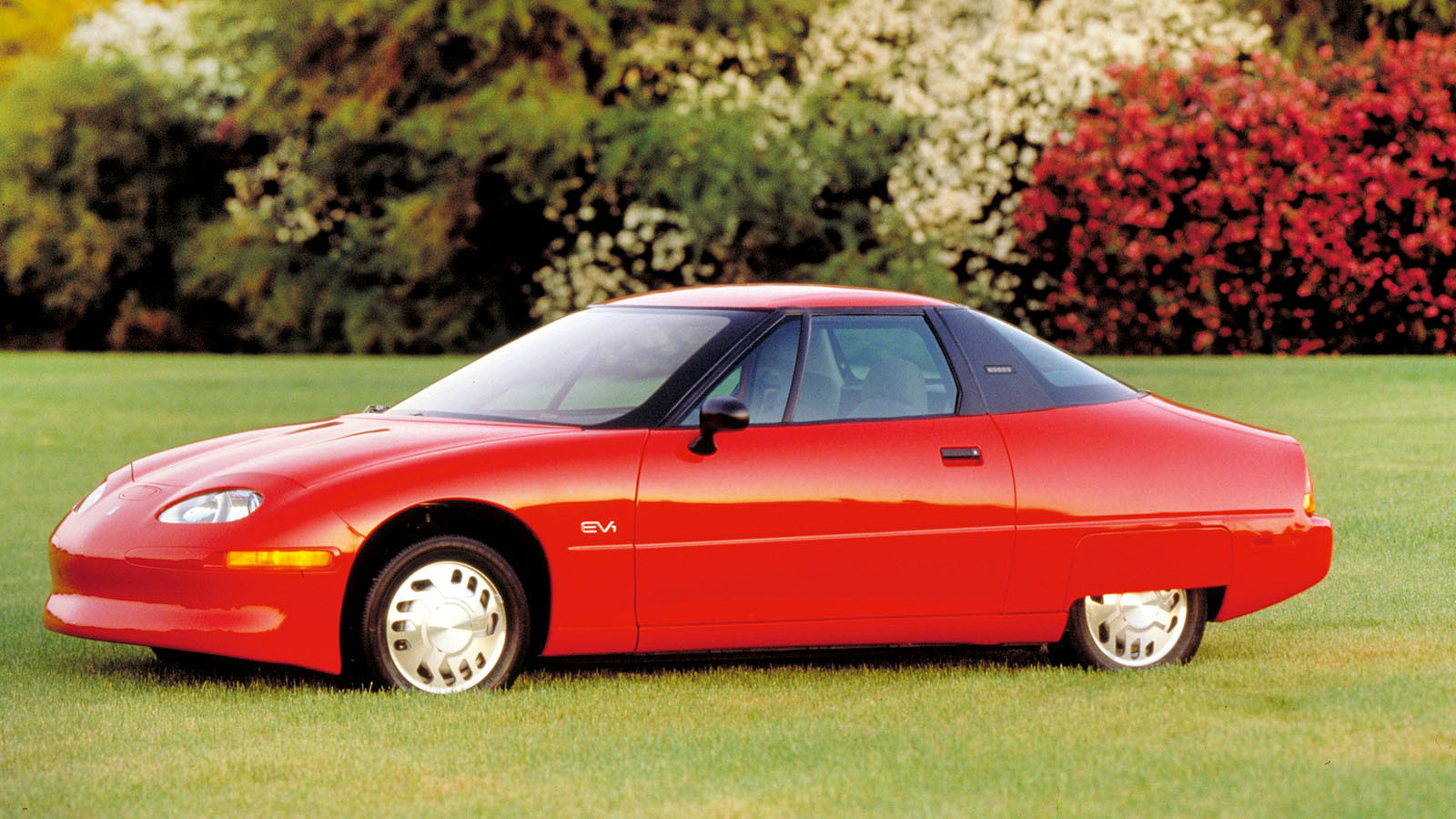 © Giles Chapman Library
© Giles Chapman Library -
 © Tony Baker/Classic & Sports Car
© Tony Baker/Classic & Sports Car -
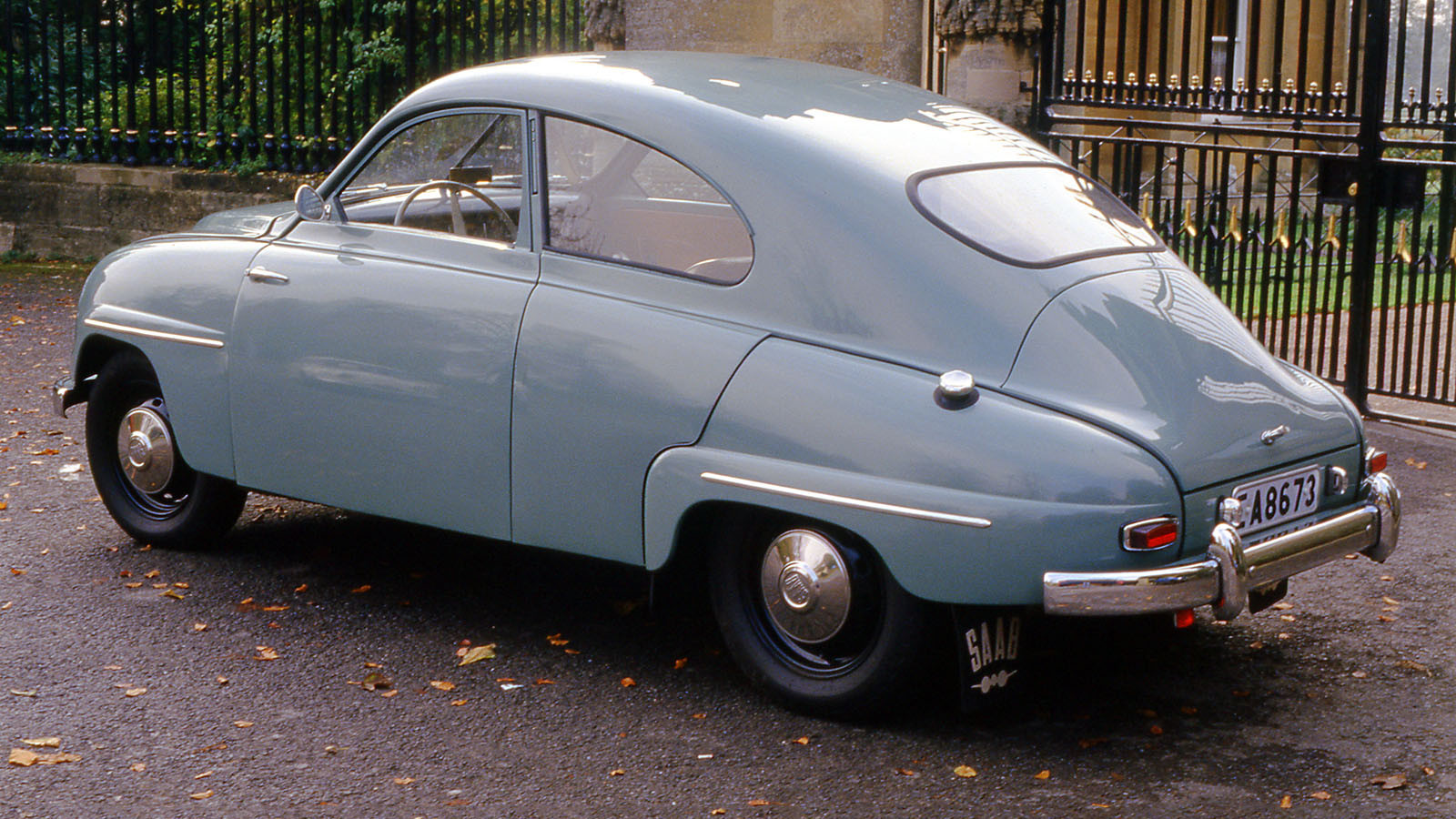 © Haymarket Archive
© Haymarket Archive -
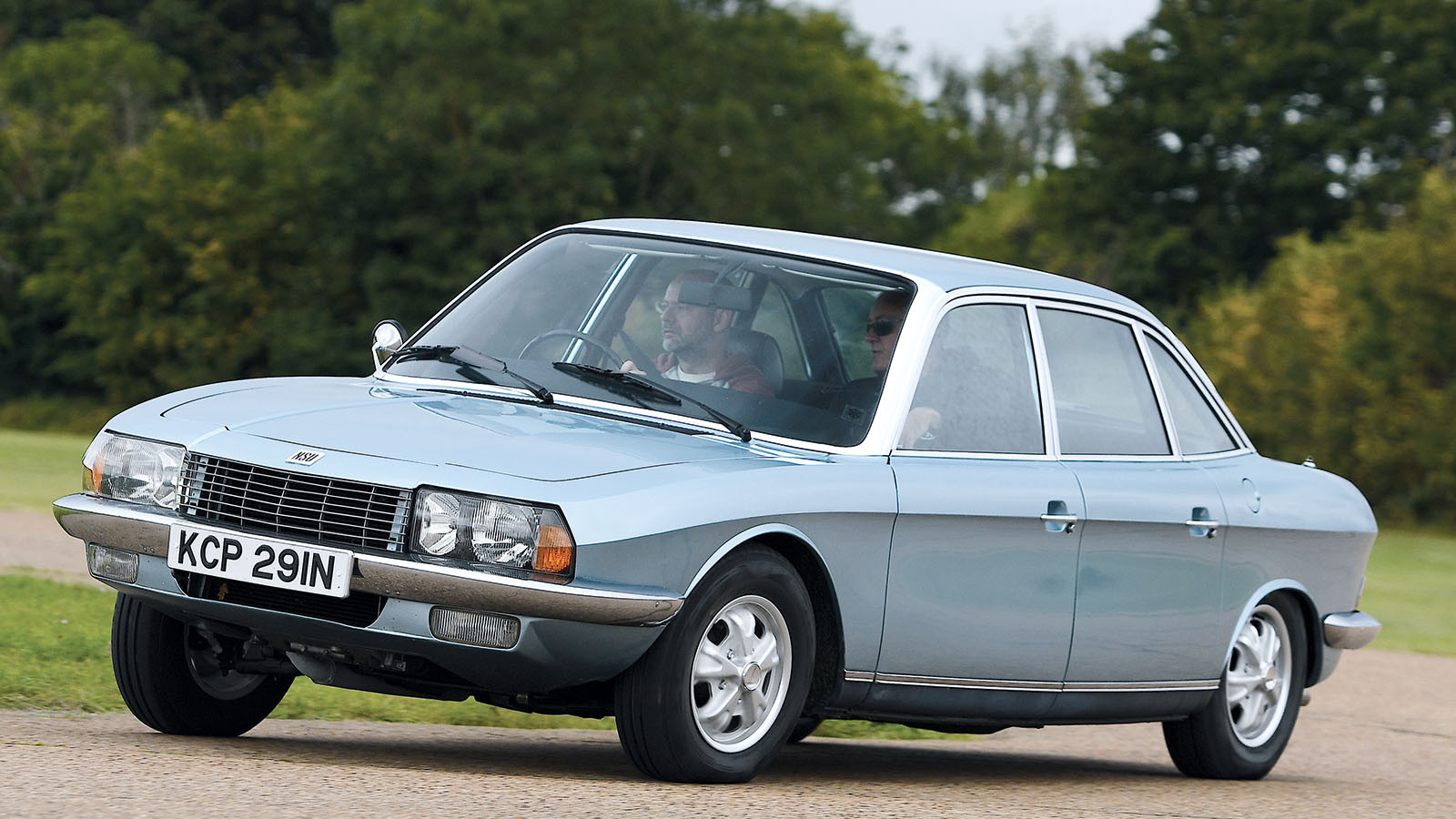 © John Bradshaw/Classic & Sports Car
© John Bradshaw/Classic & Sports Car -
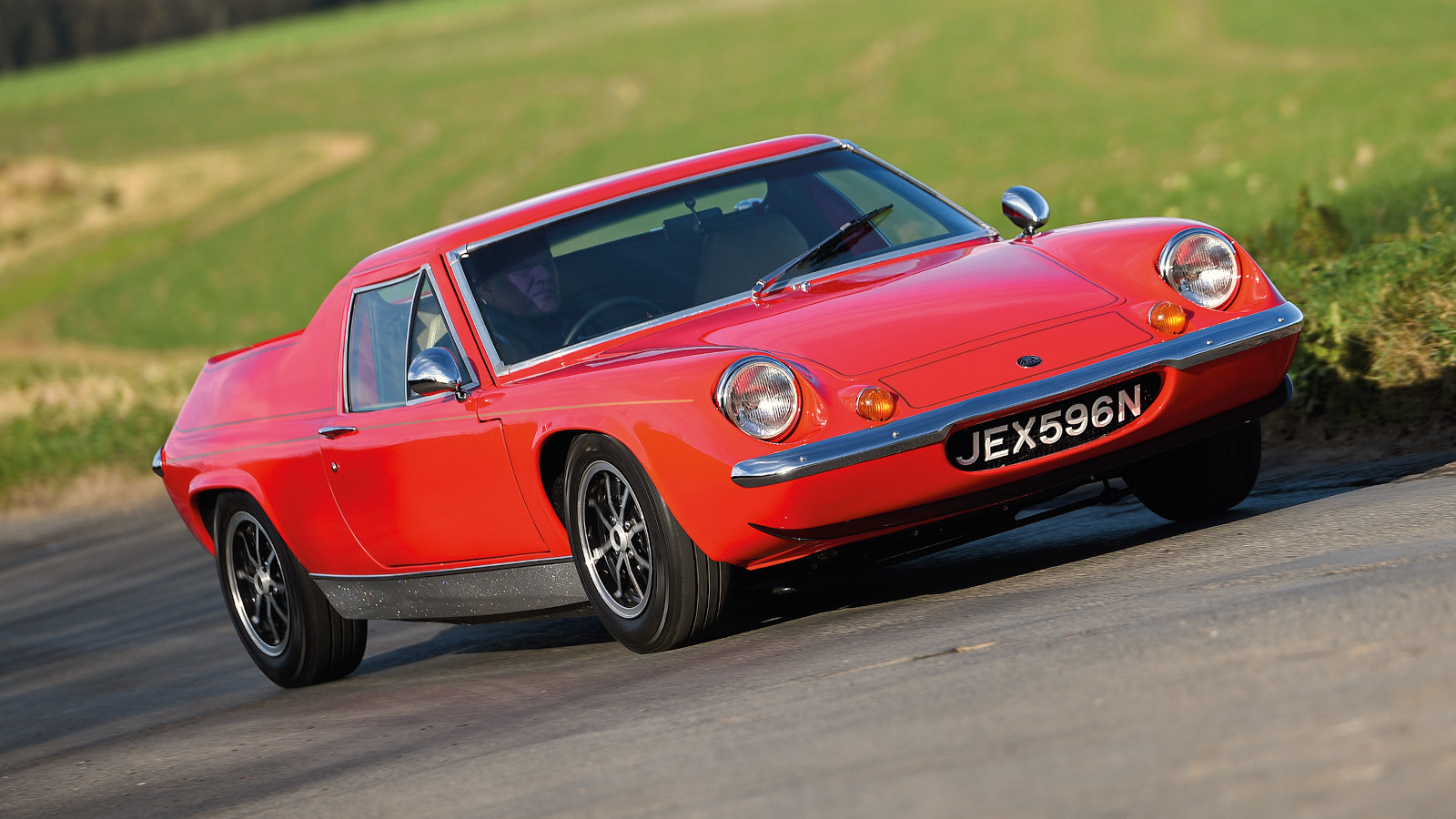 © Will Williams/Classic & Sports Car
© Will Williams/Classic & Sports Car -
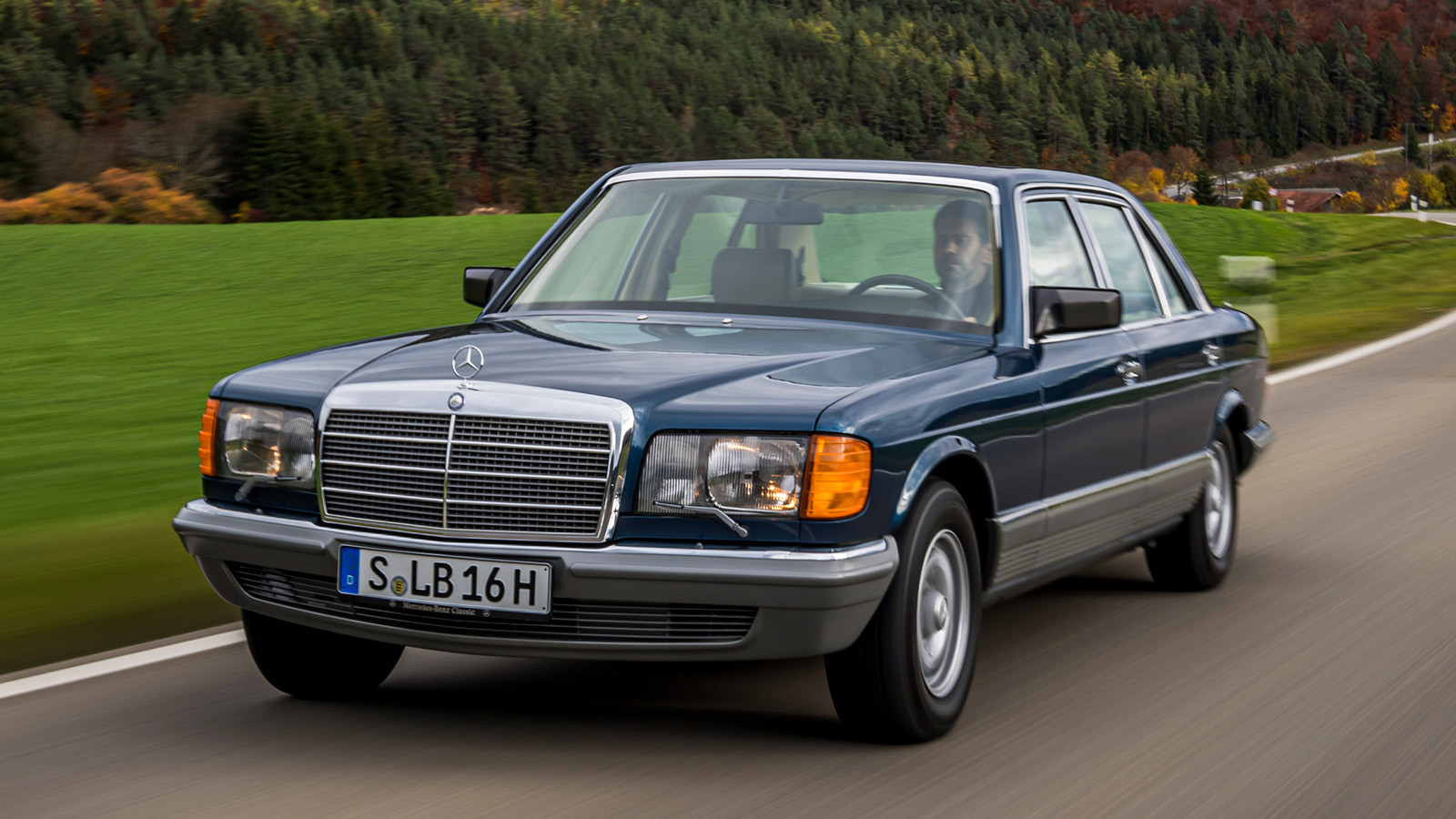 © Mercedes-Benz
© Mercedes-Benz
-
Wonders of the wind tunnel
By the end of the 1930s, aerodynamics had made an impact on the automotive world in three ways.
First there were race and record cars, where basic wind-cheating needs led to effective ways of catapulting forward powerful machinery in a controlled environment.
Then there were the scientists, Edmund Rumpler, Paul Jaray and Wünibald Kamm – pioneers who probed the baffling amount of data and design needed to truly reduce drag.
In the sketchiest-possible sum-up, Rumpler adopted the teardrop form, Jaray championed the small frontal area and faired-in wheels, and Kamm twigged that an abruptly curtailed rear was more efficient even than a tapering one.
Finally, there were the marketeers, who reckoned that anything that looked ‘aero’ would grab the futuristic zeitgeist, and sell more cars.
The benefits were clear: well-planned management of the air flowing over the surface of a moving car would make it more efficient, allowing it to go faster and/or use less fuel.
This scientific and laborious work is simmered down for the layperson to the Coefficient of drag, or Cd, a figure that is the answer to a complex mathematical equation computed from several measurements.
The lower it is, the more aerodynamic the design.
Here we have the most important mainstream cars that genuinely made this science a facet to celebrate on a daily basis.
-
1. Audi 100
After this big sedan displayed its 0.30Cd via a decal on the rear quarterlight, aerodynamics began to be hotly discussed in the golf-club bar for the first time.
The original ‘Vorsprung Durch Technik’ project was driven by innovation obsessive Ferdinand Piëch, Audi’s chief engineer, to give the all-new executive car the lowest drag coefficient of any production model in the world.
The smooth shape was assisted by novel use of flush-fitting side windows, and close attention to the way air was sucked around the engine bay and underneath, where the floorpan was shaped for optimum flow.
In fact, the badge applied only to the base model on the narrowest rubber with flush wheeltrims.
Anorak fact Other ’80s breeze-loving stars included the Renault Fuego (Cd: 0.32), Ford Sierra (0.34), Peugeot 405 (0.29) and Vauxhall Calibra (0.29)
-
2. Alfa Romeo Giulia
The 1950s and early ’60s was an era when the ‘jet age’ was enthusiastically projected by the industry, but the real progress happened away from the giant fins and rocket imagery.
Despite lines verging on the dull, this Alfa Romeo was seriously stable in the slipstream and its 0.33Cd bettered the Porsche 911.
It was all down to detailed shaping of the grille, glasshouse, fenders and trunklid, with its abrupt ‘Kamm’ tail.
Anorak fact Kamm died in ’66, his final car being a DKW with ‘breadvan’ rear and huge stabilizing fins
-
3. Tatra T77
Other companies dallied with the idea, but in 1934 Czechoslovakia’s Tatra offered a properly aerodynamic car to the public for the first time.
It became the only machine by Hungarian designer Paul Jaray to reach series production, and it encompassed all that he calculated to be important: a small frontal area (hugely aided by having the engine at the back); faired-in headlights and wheels (the rears being largely enclosed); carefully sculpted air intakes on the side and back of the body; and a tapering tail.
The windshield was angled at 45º and was the one point of contention, because Tatra chief engineer Hans Ledwinka overruled Jaray’s desire for a curved, panoramic item.
Yet the T77 had stability issues, and on the modified T77A a prominent tailfin was added to prevent it from swaying about at speed.
The Cd of the full-sized car is not known, but wind-tunnel tests using a 1:5 scale model recorded an average of 0.24, and one figure reputedly as low as 0.21.
Anorak fact The 1934 Chrysler Airflow looked impressively sleek, but in hard analysis it wasn’t, with a Cd of just 0.546 – much less slippery than a modern US pick-up. Chrysler paid Jaray $5000 for patent infringement
-
4. Volkswagen XL1
Here it is, the most aerodynamic car ever sold to the public – and one whose laboratory-pure form and engineering rigor would delight, if not surprise, those aerodynamics pioneers of the 1920s and ’30s.
The Cd is just 0.186 and it weighs only 795KG or 1753LB (the plug-in hybrid drivetrain accounting for 227KG/500LB of that, the plastic body 230KG/507LB and the interior 80KG/176LB), so the 800cc two-cylinder diesel engine has an easy task, and the XL1 can deliver 313mpg while still accelerating from 0-62mph in 11.9 secs.
Anorak fact In 2014, VW unveiled a one-off XL Sport. Based on the XL1, it swapped the two-cylinder diesel for a Ducati V2 ’bike engine
-
5. General Motors EV1
The 1996 EV1 was the boldest electric-car venture yet undertaken by a US manufacturer, and the first mainstream model purpose-designed to run exclusively on batteries, with regenerative braking and a range of up to 150 miles.
Rather than being sold, EV1s were leased to selected customers, who paid up to $549 a month.
Users were enthusiastic about the plastic-bodied two-seater, which was smooth and quiet, with air-conditioning and one-way thermal glazing.
Part of what made it work so well was its wind-cheating shape – with its Cd of 0.19, it remains the second most aerodynamically efficient production car ever.
But you can forget about adding one to your collection: GM destroyed all but a handful of museum pieces, an act of vandalism covered in the 2006 documentary Who Killed The Electric Car?
Anorak fact Another surprisingly slippery electric vehicle was Britain’s short-lived Enfield 8000, which boasted a Cd of just 0.29
-
6. Panhard Dyna Z
France’s resourceful Panhard changed itself into a maker of light, economical, front-wheel-drive cars after WW2.
Intelligent head designer Louis Bionier became well versed in aerodynamics from 1944, as he tried to understand how it could effectively aid the firm’s everyday cars.
A year later, his 1:5 scale model of a teardrop-shaped four-seater sedan underwent wind-tunnel testing with the Institute Aérotechnique de Saint-Cyr, emerging with a phenomenally low Cd figure of 0.17.
As a full-sized show car in 1948, the Dynavia was slightly worse – at 0.26 – but its 87mph maximum speed and 45mpg fuel economy still beat a standard Panhard Dyna’s statistics by a third.
Bionier put all he’d gleaned into the all-new Dyna Z of 1953 – the world’s first mass-produced aluminum-bodied sedan – for which the firm could then claim a Cd of just 0.28.
Anorak fact Citroën was also a convert to airflow skills, its DS using internal ducting, undertrays and headlight shaping to reach Cds of 0.37-0.33
-
7. Saab 93
Perhaps it wasn’t so surprising that the first Saab cars should offer such meek wind resistance, bearing in mind that it was an aircraft company that made them.
The prototype 92 of 1947 boasted a Cd of a mere 0.30, but a lot of redesign work took place before it went on sale two years later.
This ‘normalizing’ process knocked the number back to 0.32 and then, each time the car was updated in a quest to attract more buyers, the figure slipped further until it was up to 0.37 by 1967.
This was an odd sort of progress...
Anorak fact The Daf 600 of 1958 was tested in the National Aeronautical Laboratory in Amsterdam before going on sale, and its boxy shape was deemed very good at withstanding North Sea crosswinds
-
8. NSU Ro80
‘At first you are aware of the engine only because it is a natural focal point for attention,’ said Motor magazine in its road test of the groundbreaking NSU Ro80.
‘Later it is the car as a whole that you realize is so impressive and that the Wankel is but an unobtrusive part of it.’
Indeed, the amazingly modern twin-rotor sedan had been conceived as a whole, with the refined, compact engine permitting a 115mph top speed.
But this headline-grabbing figure was only made possible thanks to the stylish four-door’s aerodynamic brilliance.
The drag coefficient of 0.35 was about 40% better than most other large sedans of the time, and meant that the wedge-shaped Ro80 cut through the air better than, say, an equivalent Mercedes-Benz.
Anorak fact The Ro80 was also one of the first series-production models to have the air flowing beneath the car managed, with a novel wind-directing ‘belly pan’ fitted underneath the engine compartment
-
9. Lotus Europa
The Hethel marque’s enthusiasm for proper streamlining can be traced back to its pre-Norfolk days and the Mk8 racer, with its low-set hood, sleek all-enveloping bodywork and finned rear fenders.
The shape’s creator, Frank Costin, had worked for the De Havilland aircraft company and apparently thought nothing of lying strapped across the hood of a moving car so that he could observe how the airflow behaved inside its wheelarches.
The later Lotus Elite – this time the work of accountant Peter Kirwan-Taylor – recorded a meager drag coefficient of 0.29, and that figure was matched by the mid-engined Europa.
This could be achieved only at the cost of some comfort to the driver and (possibly very restive) passenger, however, because the flush-fitting side windows couldn’t be opened!
Anorak fact The French Lotus equivalent, Alpine, produced some of the lowest-drag Le Mans competitors of all time, with one design model of the M63 offering a Cd of a minuscule 0.15
-
10. Mercedes-Benz S-Class
We tend to salute the 1979-’91 126-series of massive Mercedes for the ‘world-first’ fitment, in 1981, of a standard airbag.
What’s less well known is that, with a Cd of 0.36, they were briefly the world’s most aerodynamic production cars.
You might never have guessed that to take a quick squint at their executive bulk, but the subtly wedge-shaped body was festooned with small details to smooth airflow.
These included the first windshield wipers that neatly parked themselves out of the slipstream below the top edge of the hood when they were not in use, and even little aerofoils on the doorhandles.
Anorak fact Mercedes’ 1985 W124 was another deceptively slippery customer, with a molded aerodynamic plastic undercarriage and a 0.28Cd... but only on European-market 200/200Ds with skinny tires
We hope you enjoyed this gallery. Please click the ‘Follow’ button above for more super stories from Classic & Sports Car.
